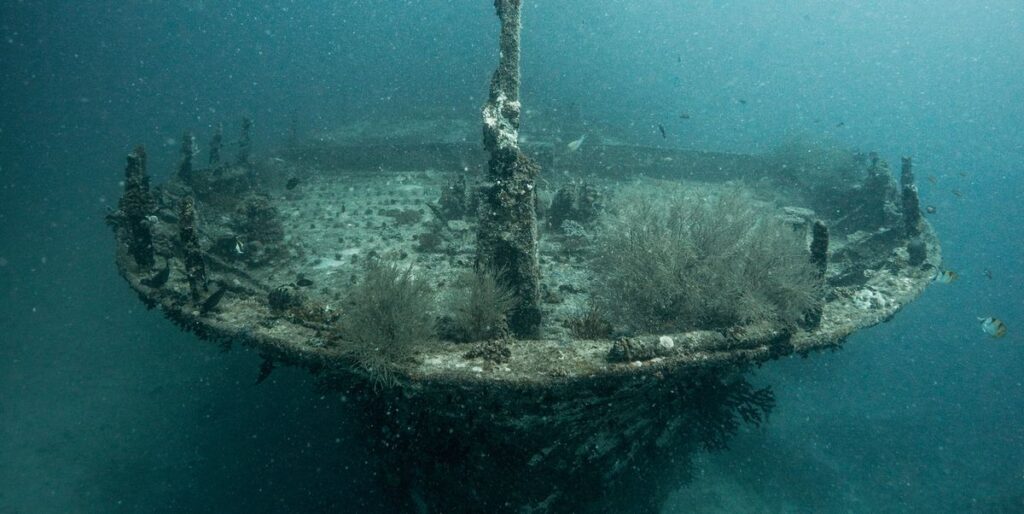

This spring, a Wisconsin elementary school gathered its students together for a special ceremony honoring a discoverer: kindergartener Henley Wollak, who along with her dad, Tim, accidentally found the 152-year-old shipwreck of the George L. Newman.
It all began in August 2023, when Henley and Tim visited their favorite fishing and swimming spot in Green Island, Wisconsin. While Tim’s fish finder showed what looked like a shipwreck nearby, 5-year-old Henley told NBC 26 that she thought the image revealed the mythical “Green Bay Octopus.”
Tim shared photos on Facebook groups, guessing their discovery might have been the known shipwreck of the Erie L. Hackley. But when Jordan Ciesielzyk, a maritime specialist with the Wisconsin Historical Society, saw Tim’s photos, he suspected the find was something they hadn’t seen before.
In December 2023, a remotely operated vehicle, provided by the Wisconsin Department of Natural Resources, scoured the area where the Wollaks made their discovery and took pictures. The Wisconsin Historical Society then analyzed the images, reviewed a database of historic shipwreck losses based on locations and features, and matched the new photos to the George L. Newman, a vessel that was originally constructed in 1855 in Black River, Ohio. Earlier this spring, the society confirmed the identity of the mysterious shipwreck.
The Newman was a 122-foot-long barkentine vessel that set sail in the evening of October 8, 1871, with a load of lumber from Little Suamico, Wisconsin, when the thick smoke from the nearby Great Peshtigo Fire—known as the deadliest in U.S. history—became so dense that the crew couldn’t see and ran aground on the southeast point of Green Island.
Samuel Drew, Green Island’s lighthouse keeper, had kept the light on during the day due to the thickness of the smoke, and was able to rescue the crew. The Newman team remained at the lighthouse for a week trying to salvage what they could from the wreck.
Eventually, the ship was abandoned. “It ended up breaking up in storms over the years and ice,” Tamar Thomsen, a maritime archaeologist for the Wisconsin Historical Society, told NPR. “And then it was kind of swallowed by the shoal, covered up with sand until it was recently exposed and discovered by the Wollaks.”
The wooden, three-masted sailing ship sat in just under 10 feet of water, likely made more noticeable by the shifting sand in the area. Ciesielzyk told NBC 26 that 13 shipwrecks have been discovered in Wisconsin in the last year, all by accident. “Shipwrecks give us a unique look into the past because each of them is basically like a time capsule,” he said.
The investigation of the Newman wreck continues. According to NBC 26, the historical society intends to dispatch divers this spring for an in-depth examination and photography session, exploring the events of that fateful night in October 1871.
Henley is still waiting for her reward. “She was hoping,” Tim tells NBC 26, “that there would be some treasure that we could get to keep from the boat.”